Table of Contents
We all know, that the Circulatory system is considered one of the few important topics in Biology. The Human Circulatory System is essential for transporting blood, nutrients, and oxygen throughout the body. It is the continuous movement of the blood between the heart and other parts of the body. This circulation keeps our cells nourished and helps maintain body temperature, fight infections, and remove waste. For more information regarding the Human Circulatory System go through the complete article below.
Define the Human Circulatory System
The human circulatory system is a network that moves blood throughout the body. It consists of the heart, blood vessels, and blood. The heart is a muscular organ that helps in the pumping of blood to deliver oxygen and nutrients to cells and remove waste products like carbon dioxide. Blood vessels include arteries, which carry oxygen-rich blood away from the heart, and veins, which return oxygen-poor blood back to the heart.
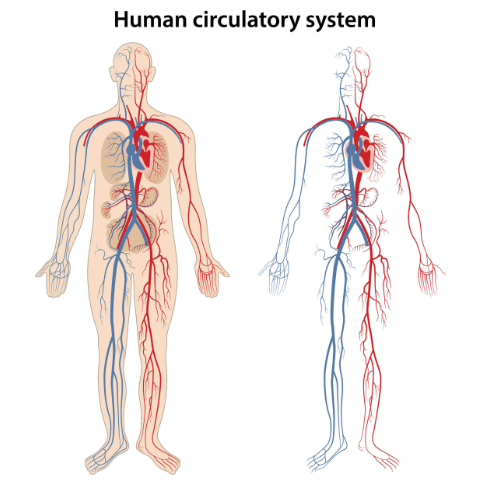
Capillaries are tiny vessels where the exchange of oxygen, nutrients, and waste occurs. This system is essential for maintaining healthy body functions, supporting growth, and helping to fight infections. Overall, the circulatory system plays a vital role in keeping us alive and healthy.
What is Circulation?
Circulation is the movement or flow of a substance or entity within a defined area or system. In Biology, it specifically refers to the movement of blood through the heart and blood vessels in animals and humans, transporting oxygen, nutrients, hormones, and waste products throughout the body.
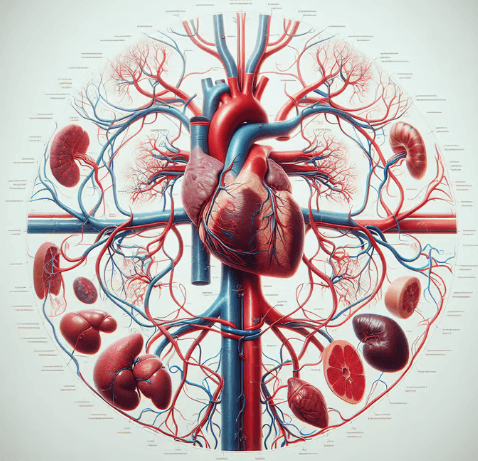
Types of Circulation
There are mainly three different types of circulation, that are:
- Pulmonary Circulation
- Coronary Circulation
- Systemic Circulation
Parts of the Human Circulatory System
The circulatory system has four main parts: the heart, blood vessels, Lymphatic system, and blood. The heart is a muscle that pumps blood throughout the body. Blood vessels are like tubes that carry blood; they include arteries (which carry blood away from the heart), veins (which bring blood back to the heart), and capillaries (tiny vessels where blood exchanges oxygen and nutrients). Blood is the liquid that transports oxygen, nutrients, and waste products to keep our body healthy.
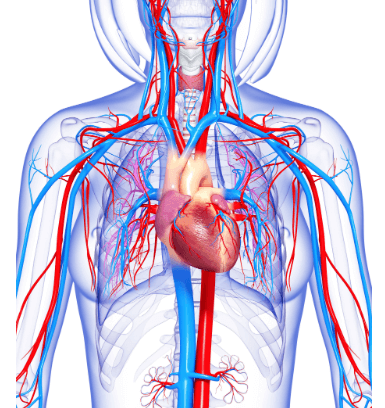
| Different Parts of the Human Circulatory System | |
| Parts | Description |
| Heart | A muscular organ that pumps blood throughout the body. |
| Blood Vessels | Blood vessels are tubes [arteries, veins, and capillaries] that carry blood. |
| Blood | A liquid that carries oxygen, nutrients, and waste in the body. |
| Lymphatic System | A network that helps remove waste and fight infections also helps in transporting lymph fluid. |
Heart
The Heart is a vital organ in our body. It is about the size of a fist and is located in the chest. The heart’s main job is to pump blood throughout the body. This blood carries oxygen and nutrients that our organs need to work properly. The heart has four different chambers: two atria and two ventricles. It beats continuously, about 70 times a minute, to keep the blood flowing. Taking care of our heart is essential, so we should eat healthy foods, exercise regularly, and avoid stress. A healthy heart helps us stay strong and active.
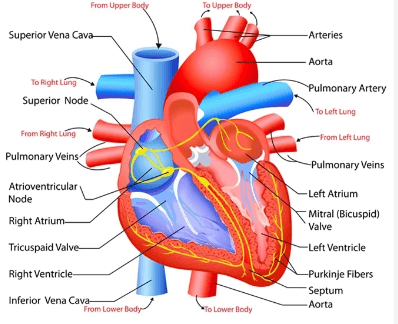
Blood Vessels
Blood vessels are tube-like structures in our bodies that carry blood to all parts of our body. They are an essential part of the circulatory system, which helps keep us alive by delivering oxygen nutrients, and removing waste. There are three main types of blood vessels: Arteries, Veins, and Capillaries. Arteries carry oxygen-rich blood from the heart to the rest part of the body, while veins bring blood back to the heart. Capillaries are tiny veins that connect arteries and veins and allow the exchange of oxygen, nutrients, and waste between blood and body cells.
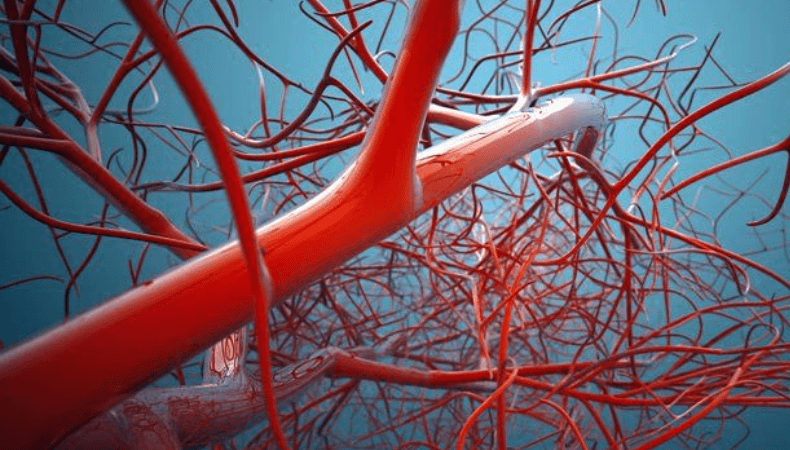
Blood
Blood is a special liquid in our bodies that carries important things to every part. It is red and made up of different parts. The main parts of blood are Platelets, Plasma, RBC, and WBC. Red blood cells carry oxygen from the lungs to the rest of the body. White blood cells on the other hand help fight off sickness and keep us healthy. Platelets help stop bleeding when we get hurt. Plasma is a yellowish liquid that carries all these cells and nutrients. Blood is essential for life, helping our bodies function and heal.
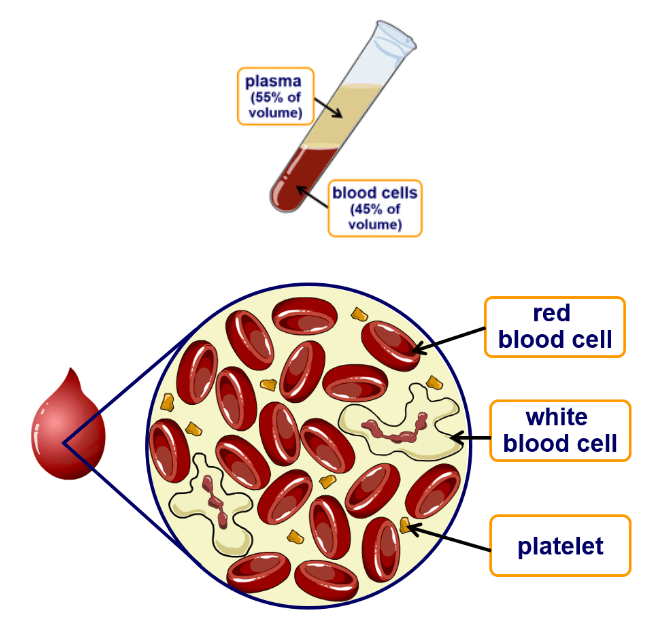
Lymphatic System
The lymphatic system is made up of tiny tubes and small, bean-shaped organs called lymph nodes. These tubes carry a clear fluid called lymph, which helps remove waste, germs, and extra fluids from our bodies. Lymph nodes work like filters, trapping germs and helping to fight infections. The lymphatic system also has special white blood cells that protect us from getting sick. By working closely with the blood and immune system, the lymphatic system keeps our body clean and healthy.
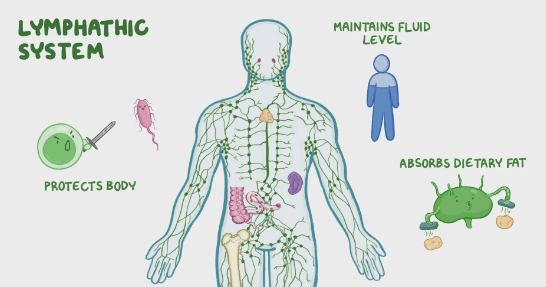
Working of Human Circulatory System
Below we have discussed the complete step-wise process of how the human circulatory system works.
Step 1- Oxygen-poor blood enters the heart: Blood low in oxygen comes from the body into the right side of the heart.
Step 2- Blood is pumped to the lungs: The heart pumps this blood to the lungs, where it picks up oxygen and releases carbon dioxide.
Step 3- Oxygen-rich blood returns to the heart: Blood full of oxygen now moves back to the left side of the heart.
Step 4- The heart pumps oxygen-rich blood to the body: The heart then pumps this oxygenated blood into the arteries, which carry it to all parts of the body.
Step 5- Blood delivers oxygen and collects waste: As blood flows through the body, it delivers oxygen and nutrients to cells and picks up waste products.
Step 6- Blood returns to the heart: This oxygen-poor blood is then carried back to the heart through veins, and the cycle repeats.
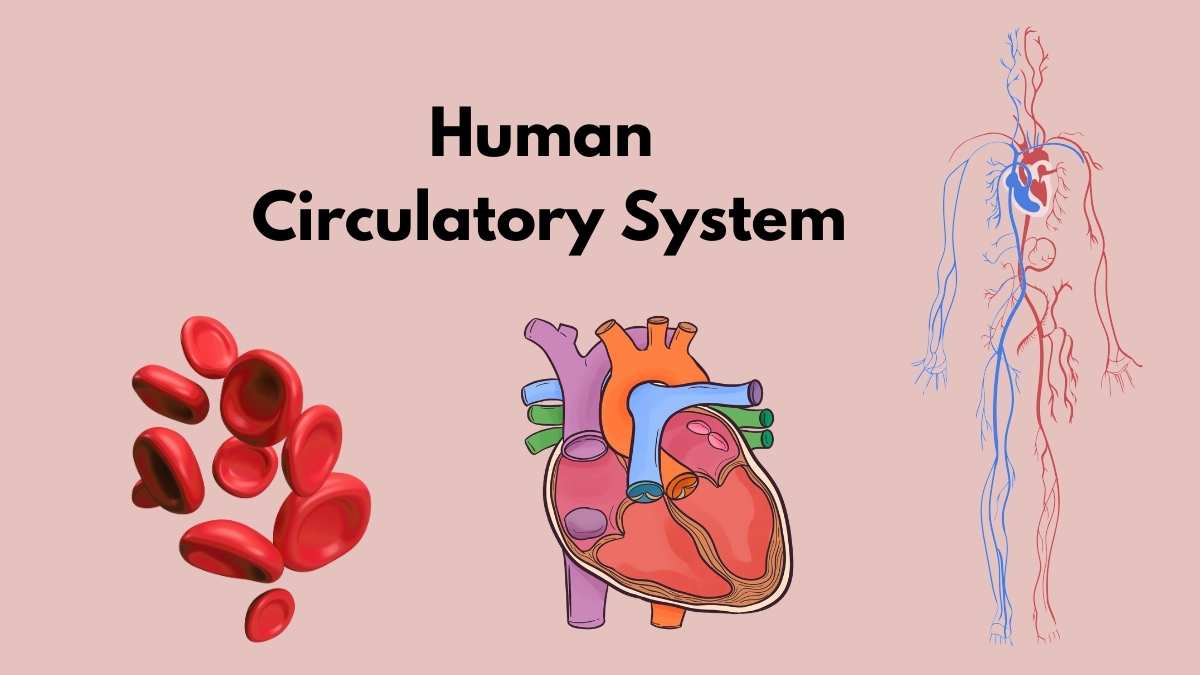

 50 Vegetables Name for Kids in English a...
50 Vegetables Name for Kids in English a...
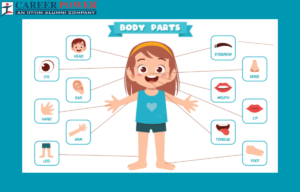 Body Parts Name, All 50 Body Parts Name ...
Body Parts Name, All 50 Body Parts Name ...
 Flowers Names in English and Hindi, List...
Flowers Names in English and Hindi, List...